
Newsletter Subscribe
Enter your email address below and subscribe to our newsletter

Enter your email address below and subscribe to our newsletter

Tooth Numbering System The tooth numbering system is a standardized method used by dental professionals to identify and reference each tooth in the mouth. In the Universal Numbering System, teeth are numbered from 1 to 32. The numbering starts with…

Yes, you can get a tooth pulled while pregnant. The second trimester is the best time. Dentists use local anesthesia and low-radiation X-rays. Always consult both your dentist and obstetrician to ensure safety for both mother and baby.

Humans typically have two sets of teeth over their lifetime. As children, they develop 20 primary or baby teeth, which begin to appear around six months of age. As adults, they have 32 teeth, including incisors, canines, premolars, and molars. This adult set includes four wisdom teeth, which may emerge in the late teens or early twenties. The total can vary if wisdom teeth are removed or never develop.
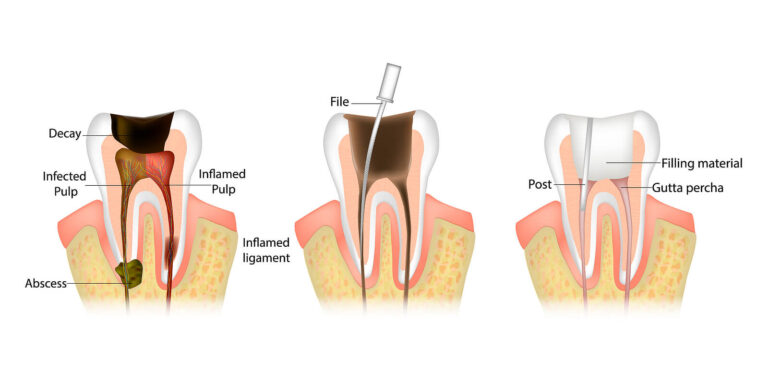
Root canal treatment is necessary when the inner pulp of a tooth becomes infected or inflamed. During the procedure, the dentist removes the damaged pulp, cleans the inside of the tooth, and fills it with a material called gutta-percha. The tooth is then sealed and often capped with a crown to restore its function and appearance, ensuring its longevity and health.
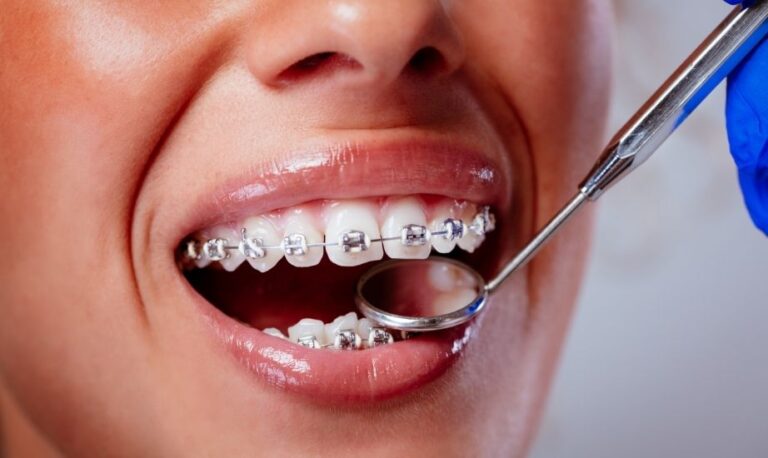
To whiten teeth with braces, focus on consistent and effective oral hygiene. Use a whitening toothpaste that's safe for braces, designed to reduce surface stains without damaging the orthodontic appliances. Regular brushing and flossing, especially after meals, help prevent plaque buildup which can lead to staining
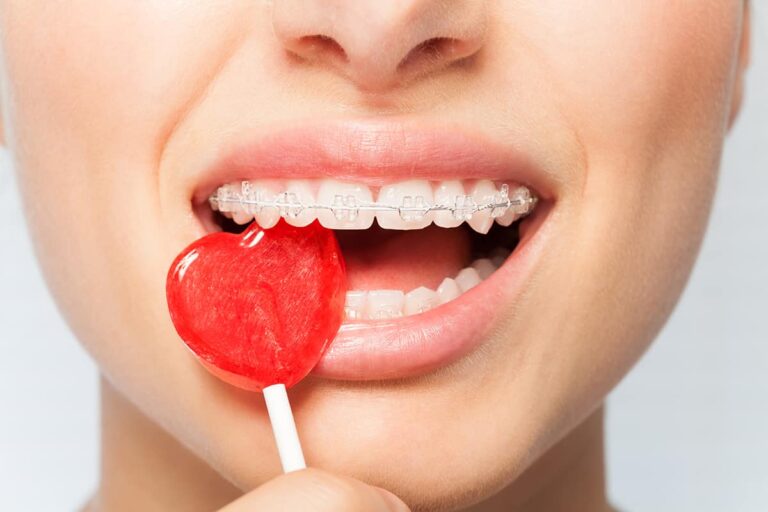
When wearing braces, choose soft candies that won't damage the brackets or wires. Ideal options include plain chocolate, soft cookies, and peanut butter cups. Avoid sticky, hard, and chewy candies like caramel, nuts, and gummies, as these can harm your braces and increase the risk of dental issues.

To immediately reduce braces pain, you can apply a cold compress to numb the area and decrease inflammation. Rinse your mouth with warm salt water to soothe sore gums. Use orthodontic wax on any brackets that are causing irritation, and consider taking over-the-counter pain relievers like ibuprofen or acetaminophen as directed.
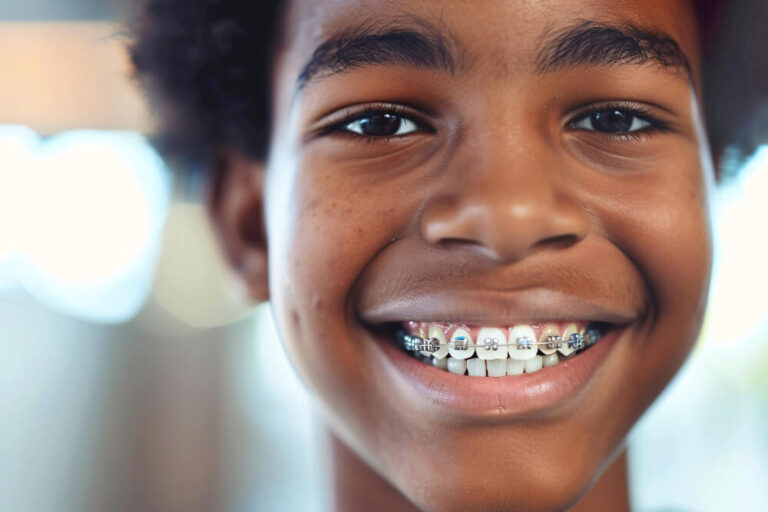
Braces use gentle, continuous pressure to gradually move teeth into their correct positions. This pressure affects the bone and tissue surrounding the teeth, causing them to loosen and then tighten in their new alignment. Over time, adjustments are made to the braces to ensure the teeth move into the desired alignment, resulting in a straighter smile.
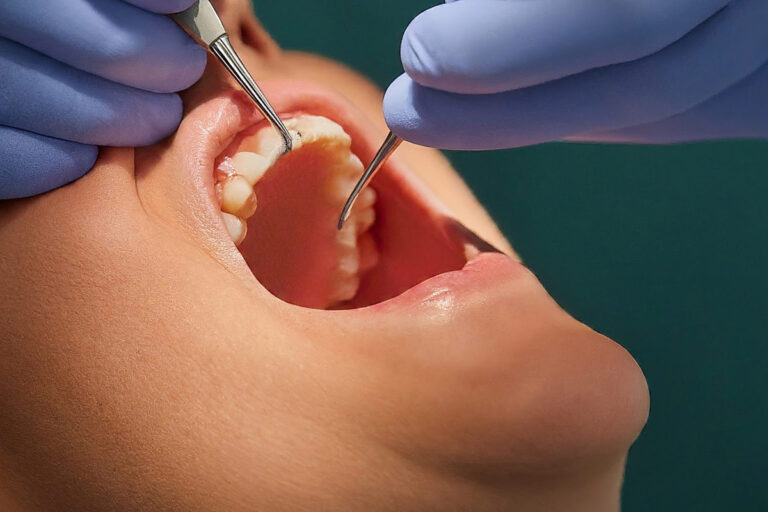
An operculectomy is a minor surgery to remove a flap of gum tissue (the operculum) that partially covers a tooth, most often a wisdom tooth. This is done to treat or prevent gum infections, make cleaning around the tooth easier, and sometimes help the tooth erupt fully.
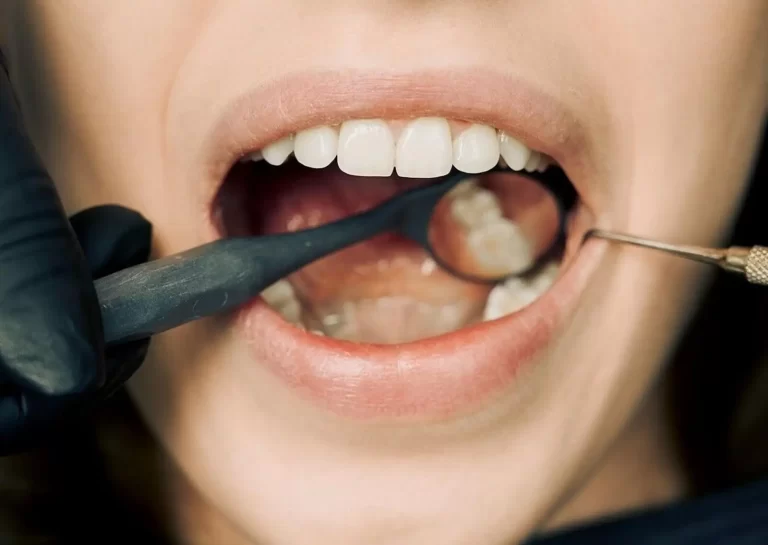
Infected gums after wisdom tooth removal can cause increasing pain, swelling, fever, bad taste in your mouth, and even discharge. Don't ignore these signs! See your dentist immediately. They'll likely prescribe antibiotics and clean the area to fight the infection. Early treatment is key for a quick recovery.
Dental articles in your inbox. Subscribe